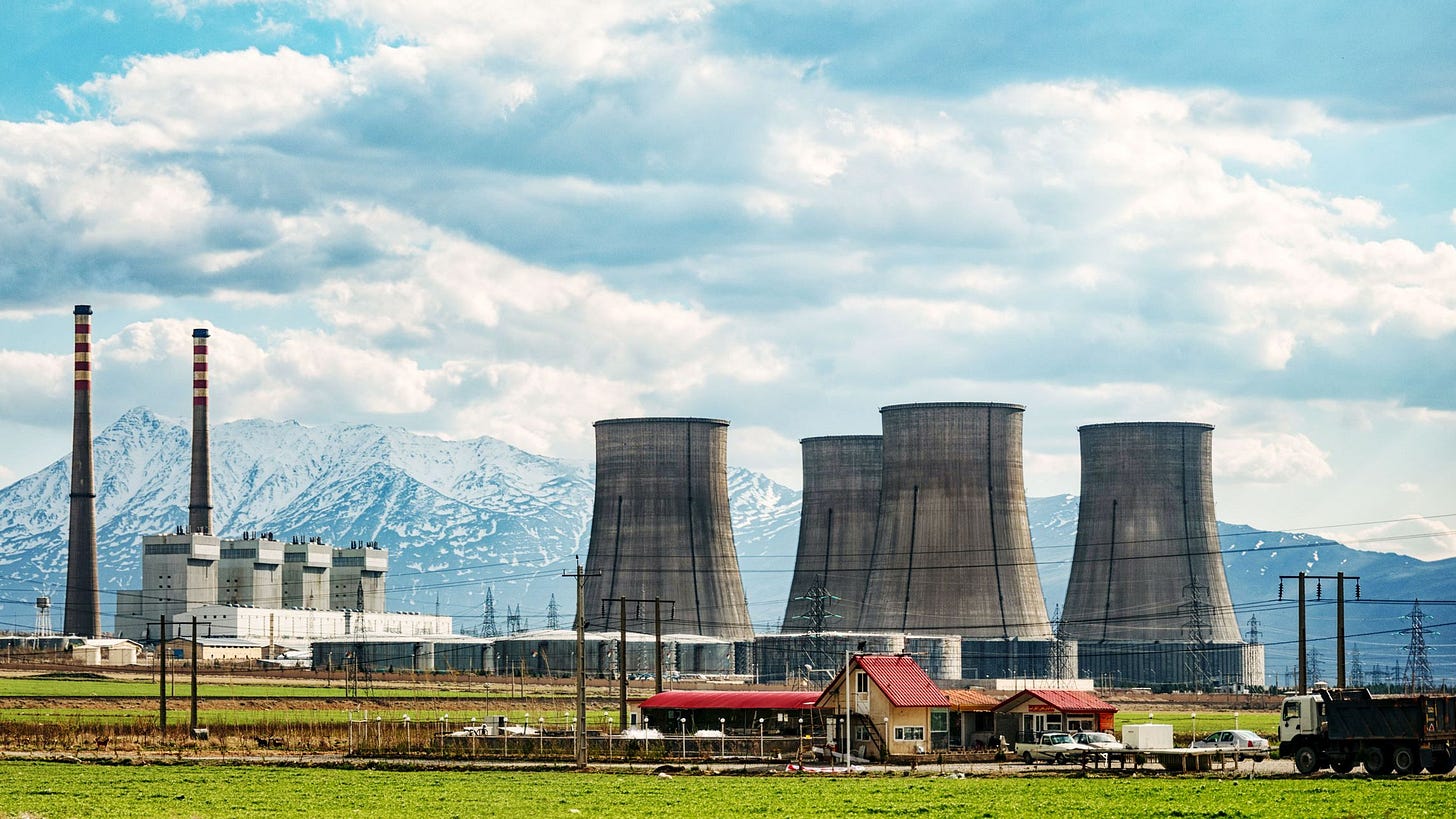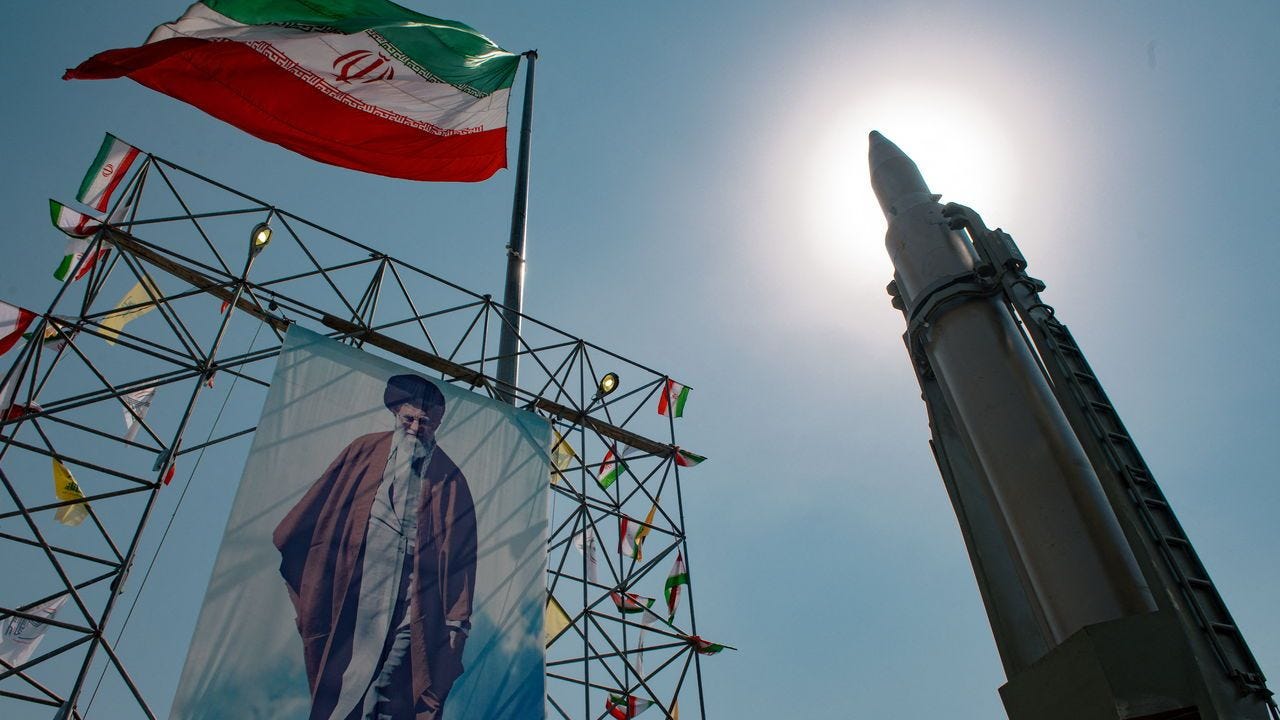Iran’s Defiant Nuclear Stance Amid U.S. and Israeli Strikes: A Nation Undeterred
Tensions Rise: Iran Rebuilds Nuclear Sites After U.S.-Israeli Attacks
In the heart of the Middle East, where tensions simmer and history casts long shadows, Iran has once again declared its unwavering commitment to its nuclear program. Despite recent U.S. and Israeli airstrikes targeting key nuclear facilities, the head of Iran’s Atomic Energy Organization, Mohammad Eslami, stood firm in a statement that resonated with defiance: “The nuclear industry is a national industry, and we will not stop.” This bold assertion, reported by Reuters, comes in the wake of a 12-day conflict that saw devastating attacks on Iran’s nuclear infrastructure, including the heavily fortified Fordow enrichment site, the Natanz complex, and the Isfahan research center. Yet, as satellite images reveal signs of damage and repair efforts, Iran’s resolve raises critical questions about the future of its nuclear ambitions and the fragile ceasefire now in place.
The strikes, which began with Israel’s preemptive attacks on June 13, 2025, and escalated with U.S. involvement on June 21, were described by President Donald Trump as having “obliterated” Iran’s nuclear capabilities. Israeli Prime Minister Benjamin Netanyahu echoed this, claiming the attacks set Iran’s program back “many years.” But a preliminary U.S. intelligence report paints a different picture, suggesting the strikes only delayed Iran’s nuclear progress by a few months. Satellite imagery from Maxar Technologies, published by the BBC, shows craters and damaged infrastructure at Fordow and Isfahan, with repair work already underway at Natanz. The reality, it seems, lies in a murky middle ground: Iran’s facilities are wounded but not destroyed, and its determination remains unbroken.
For ordinary Iranians, the conflict has been a jarring reminder of their nation’s precarious place on the global stage. “We’re used to threats, but this time it felt different,” said Reza, a 34-year-old engineer from Tehran, speaking to The New York Times. “The explosions were far, but the fear is close.” The strikes, which Iran claims killed over 200 civilians, have fueled both anger and resilience. Demonstrators gathered in Tehran on June 24, the first day of the ceasefire, waving flags and chanting in support of their military, as captured in images by photographer Arash Khamooshi. Yet, behind the public displays of unity, there’s a quieter unease. Iran’s Supreme Leader, Ayatollah Ali Khamenei, called the conflict a “great victory,” but the loss of 30 military commanders and damage to critical infrastructure tell a more complex story.
The International Atomic Energy Agency (IAEA) Director General Rafael Mariano Grossi described Iran’s nuclear program as “very vast and ambitious,” noting “significant physical damage” to the targeted sites. But the IAEA’s assessment also hints at Iran’s adaptability. Reports suggest some enriched uranium may have been moved before the strikes, and covert facilities could still exist, untouched by U.S. and Israeli bombs. This possibility has sparked debate in Washington, with Democratic lawmakers questioning whether Trump overstated the strikes’ impact. CIA Director John Ratcliffe, however, told Congress that the destruction of Iran’s metal conversion facility at Isfahan was a “monumental setback,” potentially delaying weaponization efforts for years.
Iran’s response has been both rhetorical and strategic. President Masoud Pezeshkian signaled openness to talks with the U.S., according to Iran’s IRNA news agency, but warned of “everlasting consequences” for the attacks. Meanwhile, the Iranian military launched retaliatory missile strikes on Israel and a U.S. base in Qatar, underscoring its willingness to escalate. The ceasefire, brokered by Trump on June 24, holds for now, but Israel’s Defense Minister Israel Katz hinted at future strikes to prevent Iran from rebuilding. “We have the determination to preserve aerial superiority and prevent nuclear advancement,” Katz told Israel’s Channel 12, a statement that carries weight for a nation still reeling from the conflict’s toll.
For the readers of DcDailyLetter.com, this story is more than geopolitics—it’s a human drama of resilience, fear, and uncertainty. Iranians like Reza are caught between pride in their nation’s defiance and the stark reality of damaged infrastructure and lost lives. The international community watches closely, knowing that Iran’s nuclear ambitions could reshape the Middle East. As repair crews work through the rubble at Natanz and diplomats navigate a shaky truce, one thing is clear: Iran’s nuclear program, battered but unbroken, remains a flashpoint in a region where peace is as fragile as ever.
Sources: Reuters, The New York Times, BBC, Fox News, AP News




